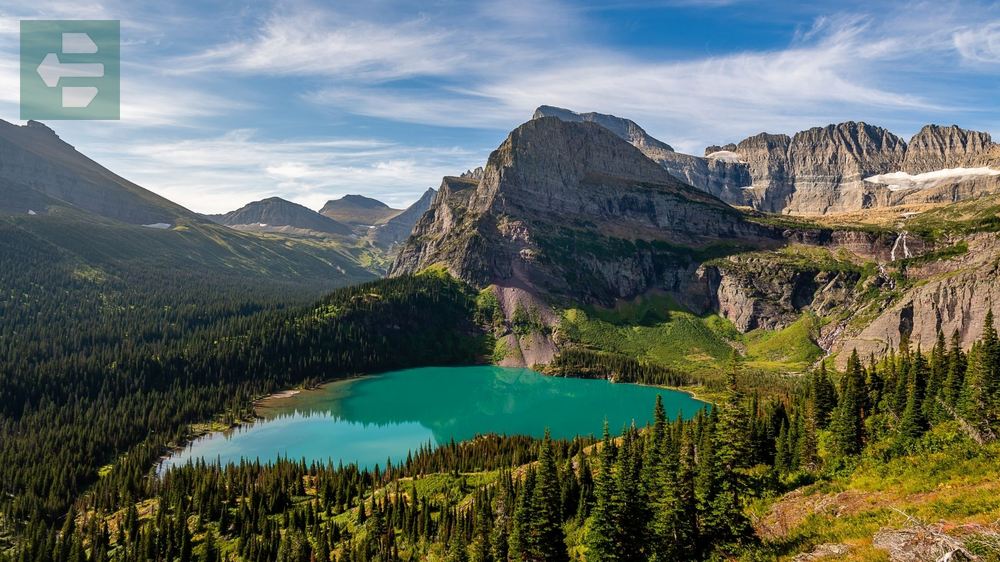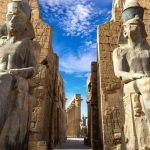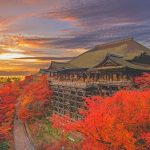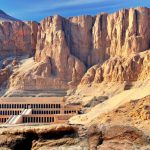September brings perfect weather to America's national parks, with fewer crowds and nature's spectacular transition into fall. The best national parks to visit in September include Acadia with its stunning foliage, Zion's comfortable hiking temperatures, and Yellowstone's elk bugling season.
Keep reading as we explore the twelve most rewarding national parks that shine brightest in September, when summer's heat fades and autumn's magic begins.
List of Contents
- 1. Acadia National Park: Where Fall Begins First
- 2. Zion National Park: Desert's Sweet Spot
- 3. Rocky Mountain National Park: Alpine Perfection
- 4. Grand Teton National Park: Mountain Drama
- 5. Glacier National Park: Last Call for Going-to-the-Sun
- 6. Yosemite National Park: Valley's Golden Hour
- 7. Grand Canyon National Park: Perfect Canyon Weather
- 8. Yellowstone National Park: Wild Symphony
- 9. Mount Rainier National Park: Alpine Farewell
- 10. Voyageurs National Park: Boundary Waters Beauty
- 11. Great Smoky Mountains National Park: Color Preview
- 12. Denali National Park: Arctic Farewell
- September Awaits Your Footsteps
1. Acadia National Park: Where Fall Begins First
September transforms Acadia into New England's crown jewel. The maples start their color show early here, painting Cadillac Mountain in brilliant reds and golds while temperatures drop to perfect hiking weather.
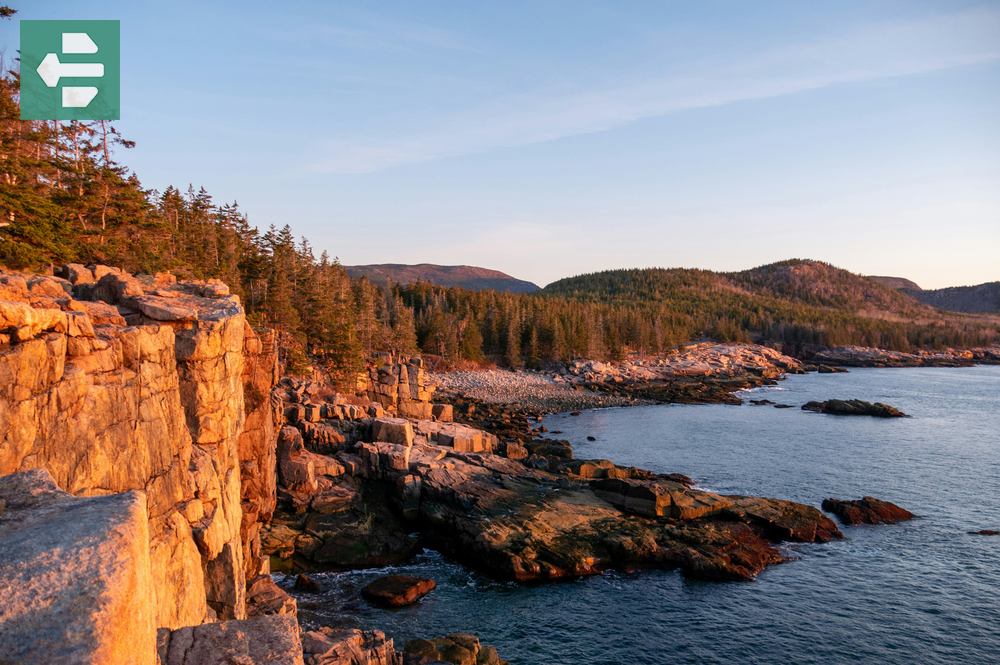
I remember standing at Thunder Hole one September morning, watching waves crash against pink granite while red maples framed the Atlantic horizon. The contrast was breathtaking—summer's warmth meeting autumn's promise.
The park's 45 miles of carriage roads become corridors of color. Take the Park Loop Road early morning when fog lifts off Frenchman Bay, revealing islands scattered like stepping stones to infinity.
Quick Facts:
- Peak season: June-October
- Access: Fly into Bar Harbor or drive via Route 3
- Entry fee: From $30 per vehicle
- Suggested stay: 3-4 days
- Must-see spots: Cadillac Mountain, Jordan Pond, Thunder Hole, Sand Beach
2. Zion National Park: Desert's Sweet Spot
September delivers Zion's perfect weather window. Daytime temperatures hover in the comfortable 80s while nights cool to the 50s—ideal for tackling challenging hikes without summer's brutal heat.
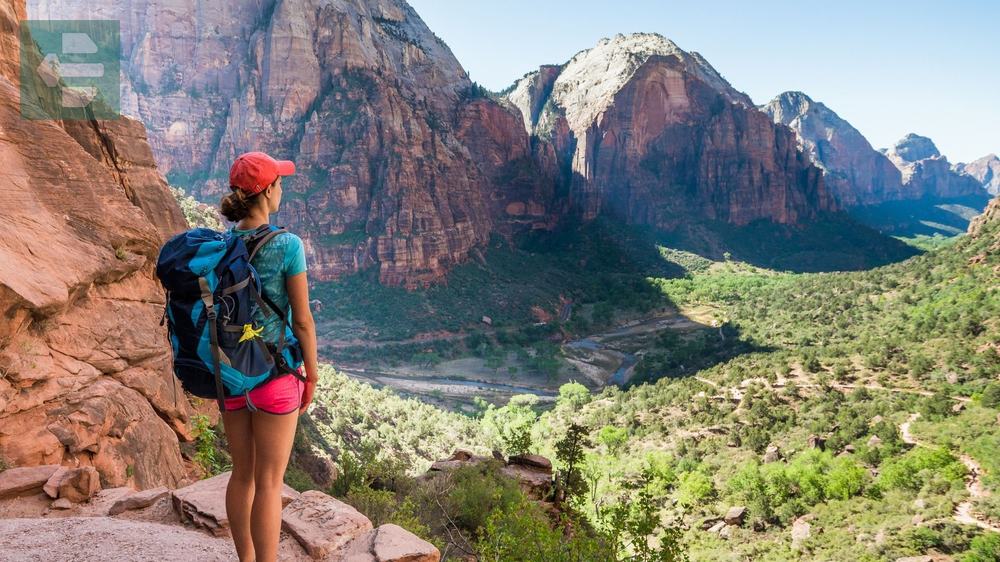
The Virgin River runs clearer in September, making The Narrows more enjoyable. You'll still get wet, but the water feels refreshing rather than shocking. Local hikers know to start early—by 7 AM you'll have Angel's Landing's chain section mostly to yourself.
September's light creates magic in Zion's slot canyons. The high angle illuminates canyon walls that remain shadowed during winter months, turning sandstone into glowing amber.
Quick Facts:
- Peak season: March-October
- Access: Fly into Las Vegas (2.5 hours) or Salt Lake City (4.5 hours)
- Entry fee: From $35 per vehicle
- Suggested stay: 4-5 days
- Must-see spots: Angel's Landing, The Narrows, Emerald Pools, Canyon Junction Bridge
3. Rocky Mountain National Park: Alpine Perfection
September brings Rocky Mountain's most reliable weather. Snow hasn't closed Trail Ridge Road yet, but summer's afternoon thunderstorms fade away, leaving clear skies and crisp mountain air.
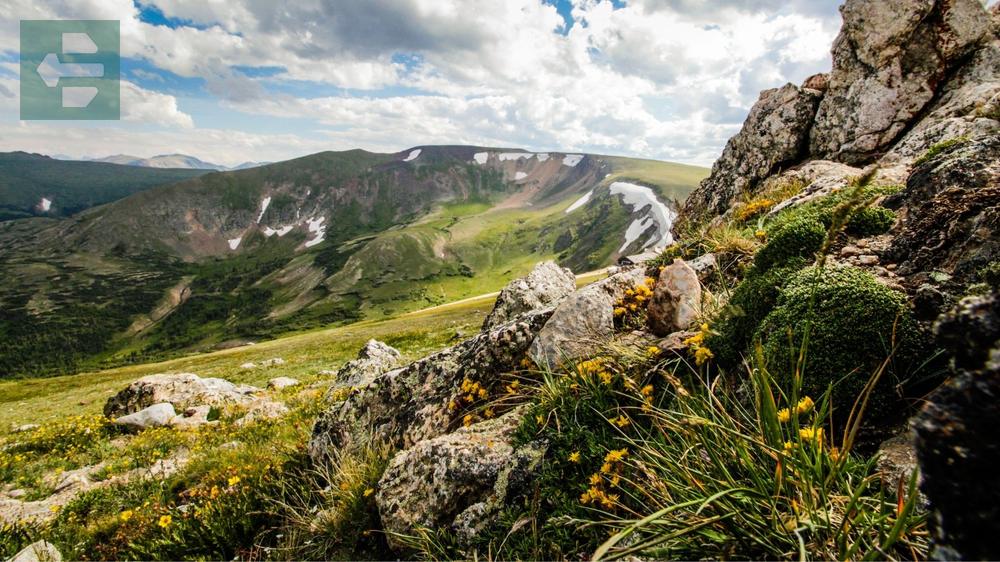
The aspen groves turn golden in September, creating Colorado's famous “gold rush.” Drive Bear Lake Road at sunrise when aspen leaves catch first light like thousands of tiny mirrors. The contrast against evergreen peaks stops traffic—literally.
Elk gather for mating season, their bugling calls echoing through valleys at dawn and dusk. Bring layers; mountain weather changes fast, and what starts as a warm morning can turn frigid by afternoon.
Quick Facts:
- Peak season: June-September
- Access: Denver International Airport (1.5 hours to Estes Park)
- Entry fee: From $30 per vehicle
- Suggested stay: 3-4 days
- Must-see spots: Trail Ridge Road, Bear Lake, Alberta Falls, Sprague Lake
4. Grand Teton National Park: Mountain Drama
September showcases the Tetons at their most photogenic. Crystal-clear air follows summer's haze, making the jagged peaks appear close enough to touch from Jackson Lake's shore.
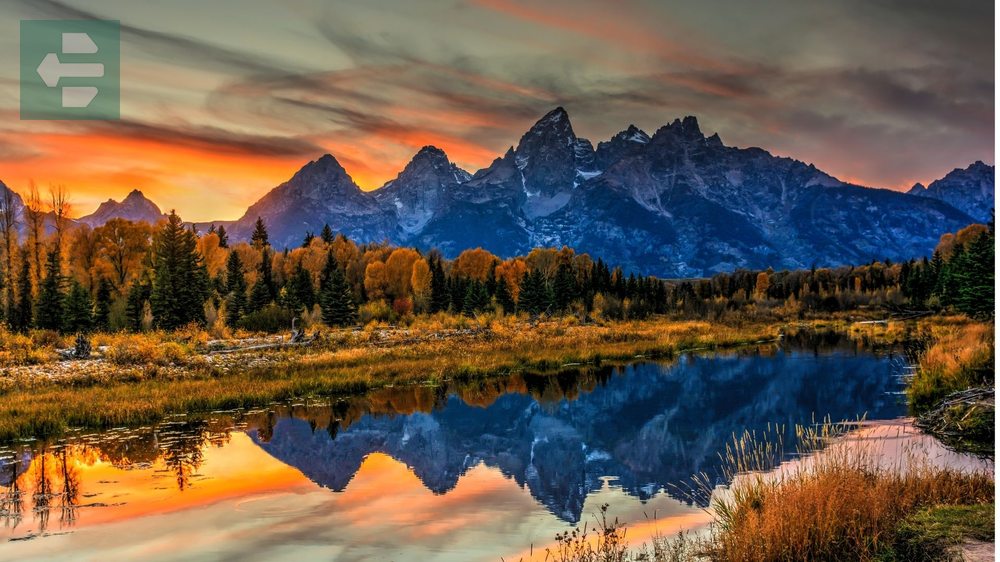
The cottonwoods along the Snake River turn brilliant yellow in September, creating natural frames for the mountain range. Professional photographers know this secret—arrive at Schwabacher Landing before sunrise when the river reflects both peaks and golden leaves.
Moose emerge from summer hiding spots to feed in shallow waters. You'll spot them easily in the early morning calm before tourists arrive. The crowds thin significantly after Labor Day, returning the park to its wild character.
Quick Facts:
- Peak season: June-September
- Access: Jackson Hole Airport or Salt Lake City (5 hours)
- Entry fee: From $35 per vehicle
- Suggested stay: 4-5 days
- Must-see spots: Jenny Lake, Snake River Overlook, Taggart Lake, Schwabacher Landing
5. Glacier National Park: Last Call for Going-to-the-Sun
September offers your final chance to drive Going-to-the-Sun Road before winter closures. The 50-mile mountain road typically closes by mid-October, making September precious for experiencing Glacier's high country.
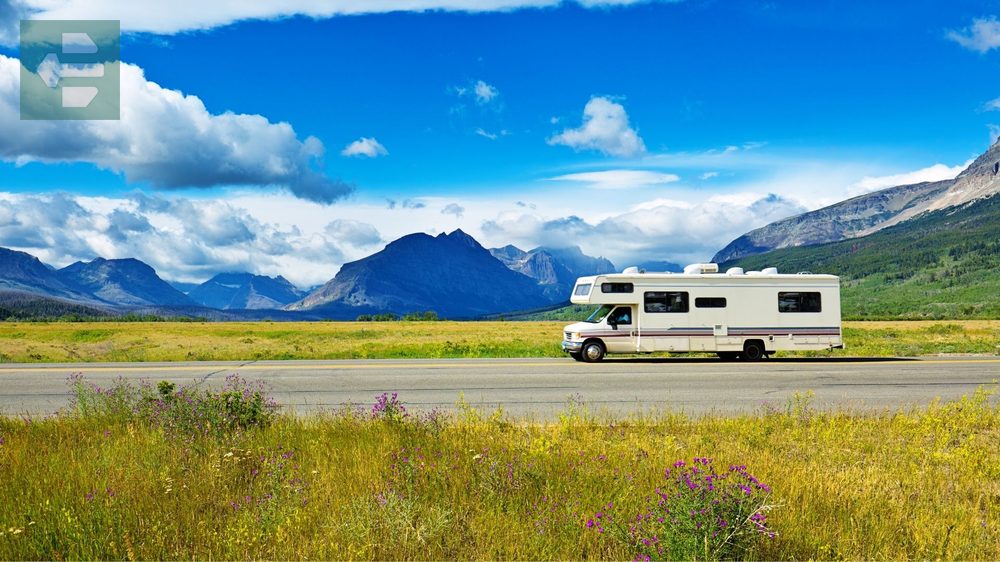
Larch trees turn golden in September—the only conifer that sheds its needles. Hidden Lake Overlook becomes a carpet of gold needles against turquoise water. The contrast feels almost artificial, like nature painted with too-bright colors.
I learned from a park ranger that September mornings often bring temperature inversions, where valleys fill with fog while peaks bask in sunshine. Standing at Logan Pass at sunrise, watching fog flow like a white ocean between mountain islands, remains one of my most treasured park moments.
Quick Facts:
- Peak season: July-September
- Access: Fly into Kalispell or drive from Seattle (5.5 hours)
- Entry fee: From $35 per vehicle
- Suggested stay: 4-6 days
- Must-see spots: Going-to-the-Sun Road, Hidden Lake, Avalanche Lake, Lake McDonald
6. Yosemite National Park: Valley's Golden Hour
September brings Yosemite's most comfortable weather and clearest air. The Central Valley's heat finally breaks, but Yosemite Valley remains warm enough for pleasant camping while nights cool to perfect sleeping temperatures.
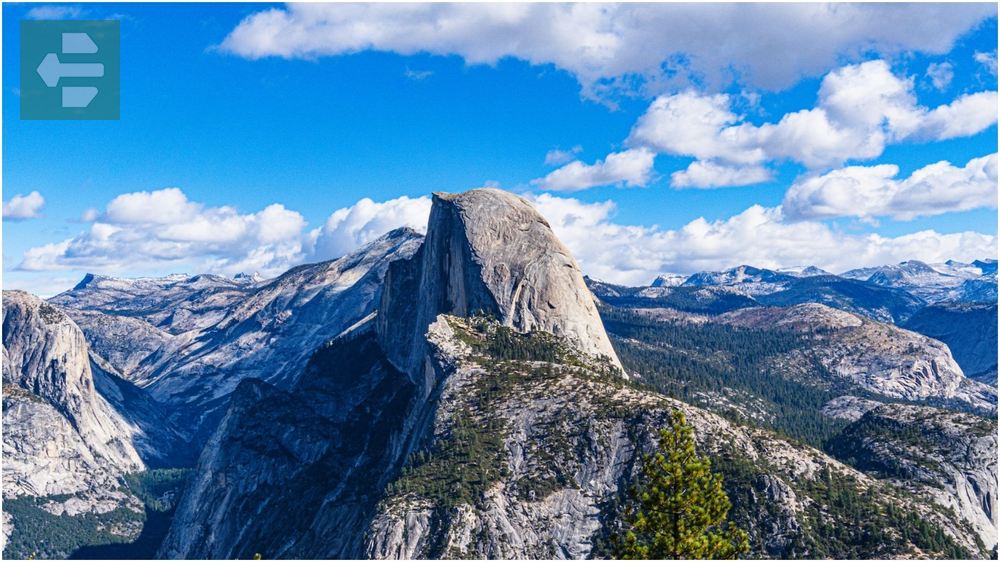
Waterfalls run low in September, but this reveals Yosemite's granite architecture in full glory. Half Dome and El Capitan emerge from summer haze like cathedral spires. The Merced River flows gently, creating perfect reflections of granite monoliths.
September light in Yosemite Valley arrives later and leaves earlier, but burns more golden. Ansel Adams photographed here in autumn for good reason—the light becomes tangible, almost thick enough to touch.
Quick Facts:
- Peak season: May-October
- Access: Fly into San Francisco (4 hours) or Fresno (1.5 hours)
- Entry fee: From $35 per vehicle
- Suggested stay: 4-5 days
- Must-see spots: Yosemite Valley, Half Dome, Tunnel View, Mariposa Grove
7. Grand Canyon National Park: Perfect Canyon Weather
September delivers the Grand Canyon's ideal visiting conditions. Summer's crushing heat retreats while winter storms remain months away. Temperatures drop to comfortable hiking levels, making rim trails and even some inner canyon routes accessible again.
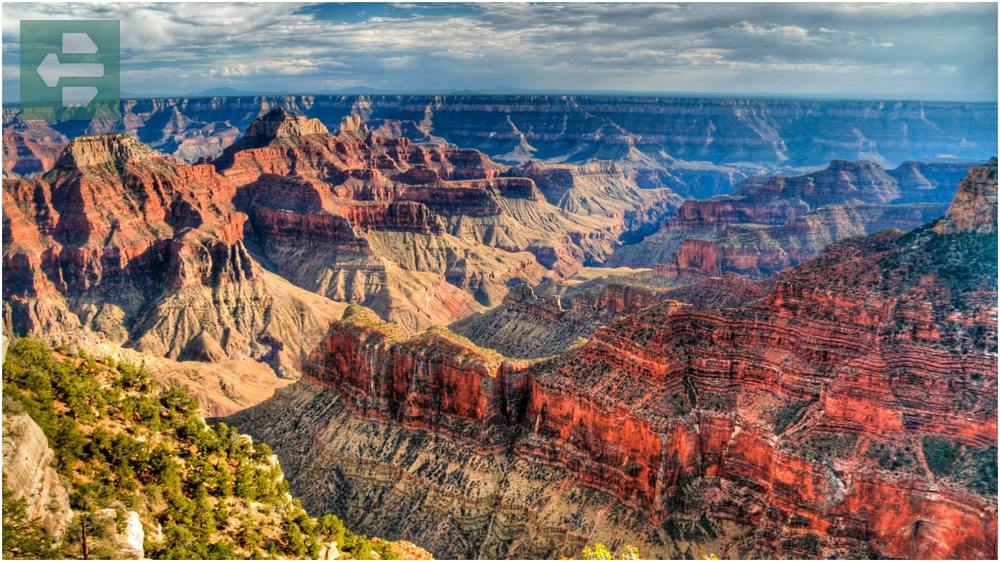
The low-angle September sun illuminates canyon layers that remain shadowed during summer's harsh overhead light. South Rim's Hopi Point becomes magical at sunset when the canyon glows like layers of fire.
Local photographers gather at Desert View Watchtower for September sunrises. The Colorado River, invisible from most viewpoints during summer's haze, emerges clearly in autumn's crystal air, winding through canyon depths like a green ribbon.
Quick Facts:
- Peak season: March-October
- Access: Fly into Phoenix (3.5 hours) or Las Vegas (4.5 hours)
- Entry fee: From $35 per vehicle
- Suggested stay: 3-4 days
- Must-see spots: South Rim Trail, Hopi Point, Desert View, Hermit Trail
8. Yellowstone National Park: Wild Symphony
September transforms Yellowstone into nature's amphitheater. Elk bugling season reaches peak intensity while bison herds gather for winter migration. The thermal features steam more dramatically in cool morning air, creating otherworldly landscapes.

You'll hear elk bugles echo across Lamar Valley at dawn—a sound that raises hair on your arms. Bring warm layers for early morning wildlife watching; temperatures drop to freezing but warm to comfortable shirt-sleeve weather by afternoon.
The Grand Prismatic Spring shows its most vivid colors in September's cooler air. Steam doesn't obscure the rainbow bacterial mats like it does during summer's heat, revealing nature's most spectacular hot spring in full glory.
Quick Facts:
- Peak season: May-October
- Access: Fly into Jackson Hole, Bozeman, or Salt Lake City
- Entry fee: From $35 per vehicle
- Suggested stay: 5-7 days
- Must-see spots: Old Faithful, Grand Prismatic, Lamar Valley, Mammoth Hot Springs
9. Mount Rainier National Park: Alpine Farewell
September offers Mount Rainier's final high-country access before winter snow closes Paradise Road. The mountain emerges from summer clouds more frequently, revealing its massive glacier-covered bulk against autumn's crystal skies.
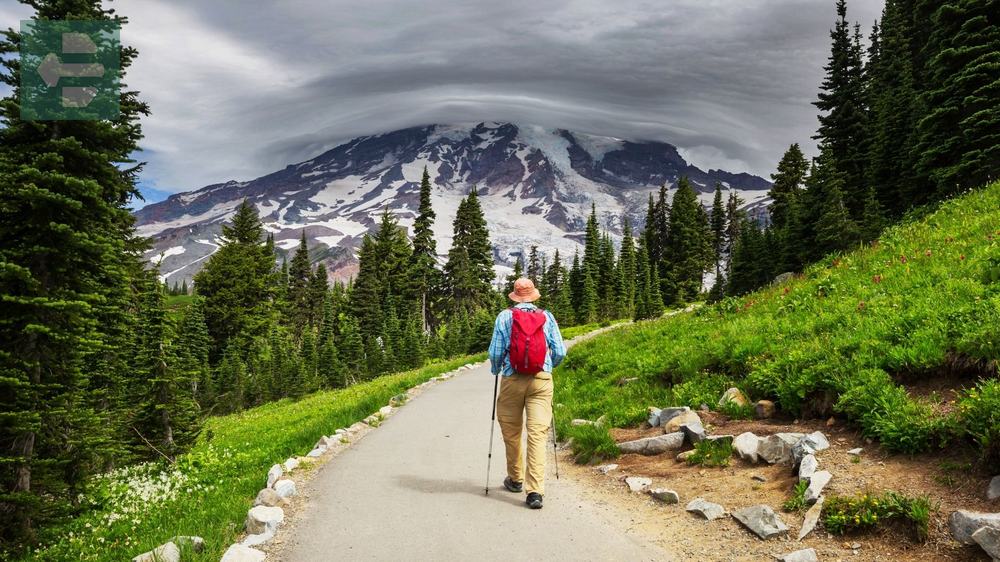
Paradise meadows burst with fall colors as alpine flowers give way to turning grasses and shrubs. The contrast between Rainier's white glaciers and golden meadows creates postcard scenes that seem too perfect to be real.
I remember hiking Skyline Trail one September afternoon when sudden clearing revealed Rainier's summit, massive and impossibly close. The mountain had hidden behind clouds for three days, making its reveal feel like a personal gift from the alpine gods.
Quick Facts:
- Peak season: July-September
- Access: Seattle-Tacoma Airport (2 hours to Paradise)
- Entry fee: From $30 per vehicle
- Suggested stay: 2-3 days
- Must-see spots: Paradise, Reflection Lakes, Grove of the Patriarchs, Sunrise
10. Voyageurs National Park: Boundary Waters Beauty
September brings Voyageurs' most spectacular season. The massive lake system becomes a mirror reflecting brilliant autumn colors while temperatures remain comfortable for canoeing and kayaking.
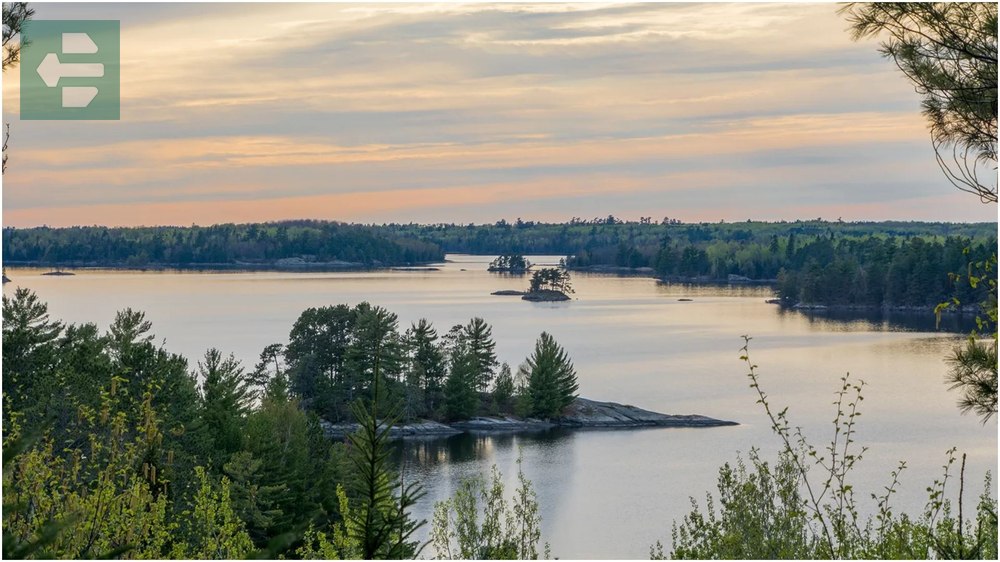
This water-based park reveals its secrets slowly. Paddle the interconnected lakes at sunrise when mist rises from water surfaces and loons call across the wilderness. The experience feels primordial, like traveling back to a time before roads existed.
Local guides know September's secret—northern pike fishing peaks just as leaves turn color. But even non-anglers appreciate the park's 200 miles of shoreline painted in reds, oranges, and yellows reflecting in dark water.
Quick Facts:
- Peak season: June-September
- Access: Fly into Minneapolis (4 hours) or Duluth (2 hours)
- Entry fee: Free
- Suggested stay: 3-4 days
- Must-see spots: Kabetogama Lake, Rainy Lake, Ash River, Crane Lake
11. Great Smoky Mountains National Park: Color Preview
September brings the first hints of the Smokies' famous fall display. While peak colors wait until October, early September offers crowds without the chaos, plus comfortable temperatures for hiking the park's 800 miles of trails.
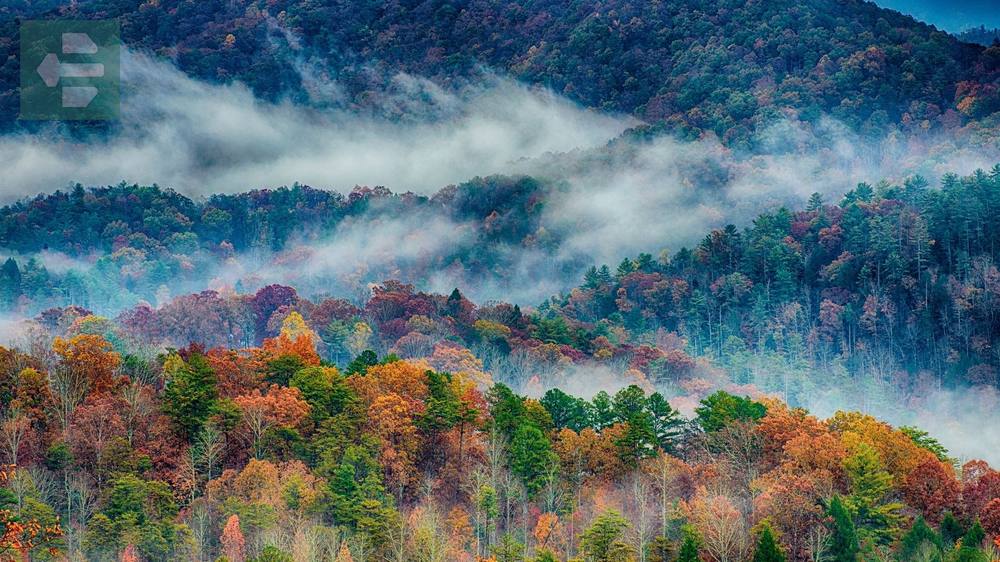
Cataract Falls shows its personality in September's moderate water flow—powerful enough to create mist that cools hikers but gentle enough to reveal the falls' full structure. The surrounding forest begins its color transformation, with sourwood trees leading the autumn parade.
You'll spot black bears more easily in September as they fatten up for winter hibernation. They emerge from summer's deep forest hideaways to forage in more open areas, making wildlife watching more rewarding than during peak summer months.
Quick Facts:
- Peak season: March-October
- Access: Fly into Knoxville or Asheville (1 hour each)
- Entry fee: Free
- Suggested stay: 3-4 days
- Must-see spots: Cades Cove, Cataract Falls, Clingmans Dome, Gatlinburg SkyLift
12. Denali National Park: Arctic Farewell
September delivers Denali's clearest mountain views before winter's return. The massive peak emerges from summer clouds more frequently, revealing North America's tallest mountain in its full 20,320-foot glory.
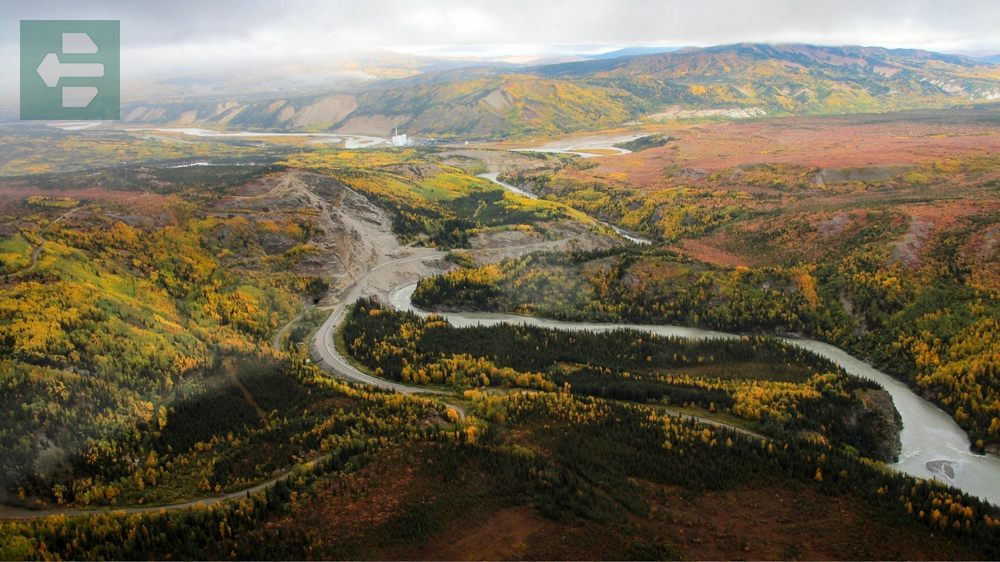
Autumn tundra creates a carpet of red, orange, and yellow that extends to every horizon. The colors seem impossibly saturated against Denali's white summit, like someone adjusted nature's contrast settings too high.
The park road closes to Mile 30 by mid-September, but this limitation creates intimacy with the wilderness. Without tour buses rumbling past, you'll hear the absolute silence that defines true Alaska—broken only by caribou hoofbeats and your own breathing.
Quick Facts:
- Peak season: June-September
- Access: Fly into Anchorage (4 hours) or Fairbanks (2 hours)
- Entry fee: From $15 per person
- Suggested stay: 3-5 days
- Must-see spots: Wonder Lake, Savage River, Eielson Visitor Center, Horseshoe Lake
September Awaits Your Footsteps
September stands as nature's sweet spot—summer's warmth without the crowds, autumn's beauty without winter's bite. These twelve best national parks to visit in September offer experiences impossible during any other month.
Pack layers and waterproof boots. Charge your camera and clear your calendar.
September's window stays open for just four weeks, but the memories last forever.
